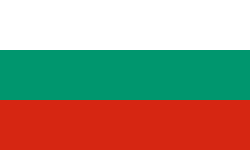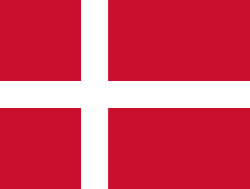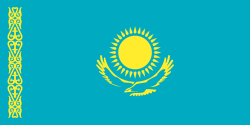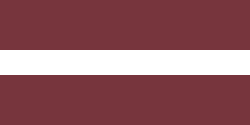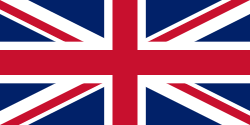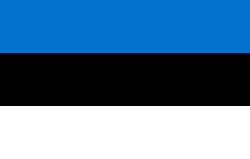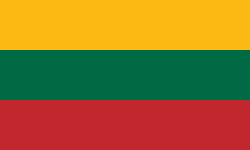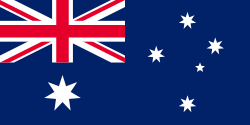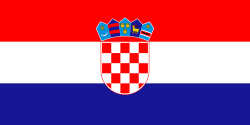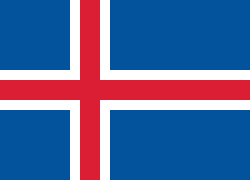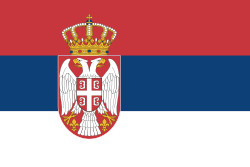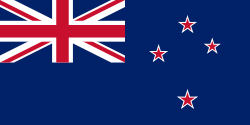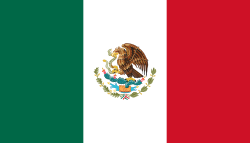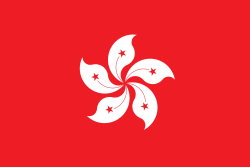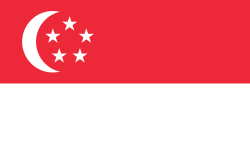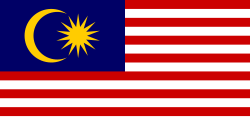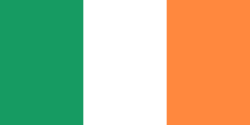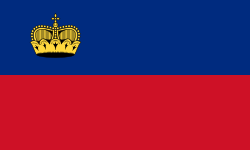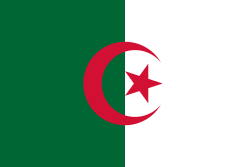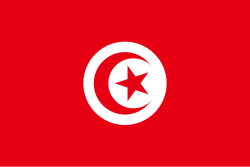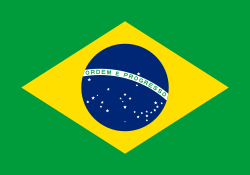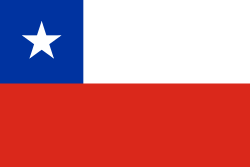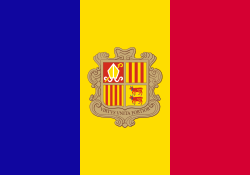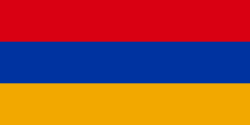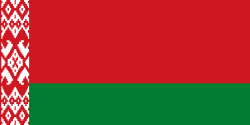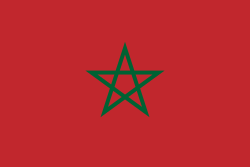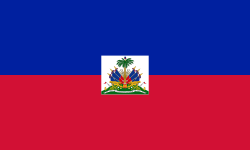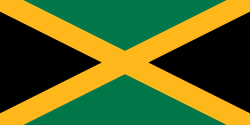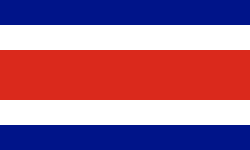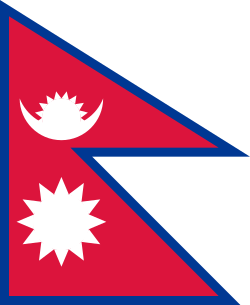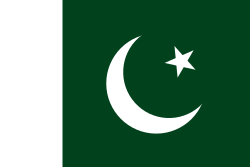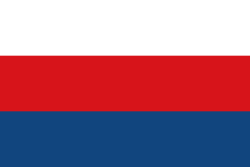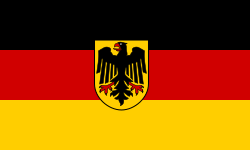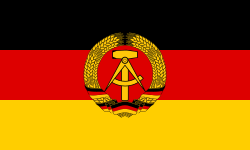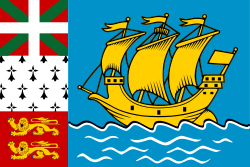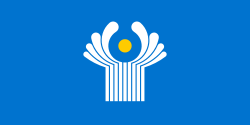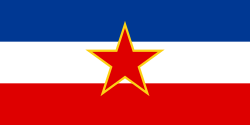Turkmenská hokejová reprezentace
Turkmenská hokejová reprezentace (Türkmenistanyň hokkeý ýygyndysy) je národní mužstvo ledního hokeje které reprezentuje Turkmenistán v mezinárodních soutěžích. Turkmenskou hokejovou reprezentaci vysílá na mezinárodní akce Turkmenistánská federace ledního hokeje (Turkmenistanyň gyşgy sport görnüşleriniň milli merkezi), která je plným členem IIHF od 15.5.2015. Turkmenistán registruje 347 hráčů, a je na 48.místě ve světovém žebříčku mužů.
Historie
Národní tým Turkmenistánu vznikl v roce 2011. Podporuje ho i prezident Gurbanguly Berdimuhamedow. První národní tým vznikl ze čtyř ašchabadských týmů – „Oguz Khan“, „Alp Arslan“, „Shir“ a „ Burgut “ v roce 2011. První domácí turnaj se konal v dubnu 2012 a vítěz obdržel medaili z rukou prezidenta. V roce 2015 byla Turkmenistánská federace ledního hokeje přijata do IIHF, a od roku 2016 trénuje národní tým Bairam Allayarov. Národní tým se skládá především z hráčů týmu Galkan Ašchabad.
Na podzim roku 2019 bylo Turkmenistánu nabídnuto místo v jedné ze skupin pro kvalifikaci na XXIV. zimní olympijské hry 2022. Národní tým Turkmenistánu to však odmítl.
Kluziště
V zemi se nachází pět krytých hokejových stadionů. První z nich, Národní palác olympijských sportů postavený v hlavním městě Ašchabadu s kapacitou 1 000 diváků, byl otevřen roku 2006, a právě zde začal turkmenský hokejový program. V roce 2011 byly postaveny další dvě ledové arény v Ašchabadu. Největší aréna, Winter Sports Palace, má kapacitu 10 000 diváků. Vyznačuje se moderním interiérem.[1][2]
Utkání
První utkání byla odehrána s ruskými týmy Ak Bars Kazaň a Něfťanik Almetěvsk, polským týmem Podhale Nowy Targ a slovinským týmem z Mariboru. První oficiální mezinárodní utkání pak s běloruským týmem z Minsku. To skončilo výhrou Turkmenistánu 7:2.
Zimní olympijské hry
- bez účasti
Mistrovství světa v ledním hokeji
Turkmenistán debutoval na mistrovství světa v roce 2018, kde hrál na turnaji Divize III - kvalifikace v Sarajevu v Bosně a Hercegovině. Vyhráli všechny tři hry a vysloužili si postup do divize III pro rok 2019. V dubnu 2019 Turkmenistán debutoval v Divizi III v Sofii (Bulharsko) a obsadil třetí místo mezi šesti týmy ve skupině a dosáhl historicky nejlepšího výsledku.
| MS | Úroveň | Místo turnaje | Umístění | Celkově | Soupiska |
|---|---|---|---|---|---|
| MS – 2018 | divize III - kv. | 1. místo | 47. místo | ||
| MS – 2019 | divize III | 3. místo | 43. místo | ||
| MS – 2020 | divize III A | Zrušeno kvůli pandemii covidu-19 | |||
| MS – 2021 | divize III A | ||||
| MS – 2022 | divize III A | 3. místo | 39. místo | ||
| MS – 2023 | divize III A | 2. místo | 42. místo | ||
| MS – 2024 | divize III A | 4. místo | |||
Asijské zimní hry
Turkmenistán se představil na Asijských zimních hrách 2017, kde obsadil 11. místo. Byl zařazen do Divize II (papírově nejslabší) a porazil postupně ve skupině Malajsii 9:2, Macao 16:0, Indonésii 12:2 a ve finále Kyrgyzstán 7:3.[3]
| AZH | Úroveň | Místo turnaje | Umístění | Celkově |
|---|---|---|---|---|
| AZH - 2017 | divize II | 1. místo | 11. místo |
Seznam hlavních trenérů
- Rustam Kerimov 2013–2016
- Bayram Allayarov 2016-
Odkazy
Reference
- ↑ Archivovaná kopie. www.iihfworlds2015.com [online]. [cit. 2015-05-15]. Dostupné v archivu pořízeném dne 2015-05-17.
- ↑ Turkménsko je oficiálne členom IIHF, SME.sk, cit. 16. 5. 2015 (slovensky)
- ↑ IIHF.com
Související články
- Národní centrum Turkmenistánu pro zimní sporty
Externí odkazy
- Údaje na oficiálních stránkách IIHF (anglicky)
Média použitá na této stránce
Used color: National flag | South African Government and Pantone Color Picker
| zelená | rendered as RGB 0 119 73 | Pantone 3415 C |
| žlutá | rendered as RGB 255 184 28 | Pantone 1235 C |
| červená | rendered as RGB 224 60 49 | Pantone 179 C |
| modrá | rendered as RGB 0 20 137 | Pantone Reflex Blue C |
| bílá | rendered as RGB 255 255 255 | |
| černá | rendered as RGB 0 0 0 |
Vlajka České republiky. Podoba státní vlajky České republiky je definována zákonem České národní rady č. 3/1993 Sb., o státních symbolech České republiky, přijatým 17. prosince 1992 a který nabyl účinnosti 1. ledna 1993, kdy rozdělením České a Slovenské Federativní republiky vznikla samostatná Česká republika. Vlajka je popsána v § 4 takto: „Státní vlajka České republiky se skládá z horního pruhu bílého a dolního pruhu červeného, mezi něž je vsunut žerďový modrý klín do poloviny délky vlajky. Poměr šířky k její délce je 2 : 3.“
Finská vlajka
Flag of Canada introduced in 1965, using Pantone colors. This design replaced the Canadian Red Ensign design.
Flag of Australia, when congruence with this colour chart is required (i.e. when a "less bright" version is needed).
See Flag of Australia.svg for main file information.Při zobrazení tohoto souboru lze snadno přidat orámování
The Flag of Iceland.
- Horizontal aspect ratio: 7:1:2:1:14;
- Vertical aspect ratio: 7:1:2:1:7.
This is the national flag of Belgium, according to the Official Guide to Belgian Protocol. It has a 13:15 aspect ratio, though it is rarely seen in this ratio.
Its colours are defined as Pantone black, Pantone yellow 115, and Pantone red 032; also given as CMYK 0,0,0,100; 0,8.5,79,0; and 0,94,87,0.Georgian flag in Pantone MS.
Chinese Taipei Olympic Flag. According to the official website of Chinese Taipei Olympic Committee, Blue Sky(circle) & White Sun(triangles) above the Olympic rings is neither the National Emblem of the Republic of China, nor the Party Emblem of Kuomintang (KMT), but a design in between, where the triangles do not extend to the edge of the blue circle, as registered at International Olympic Committee in 1981 and digitally rendered in 2013. Besides, the blue outline of the five-petaled plum blossom is broader than the red one. Moreover, the CMYK code of the blue one and the Blue Sky & White Sun is "C100-M100-Y0-K0", and different from the Olympic rings (C100-M25-Y0-K0). Note that it's the only version recognized by IOC.
The national flag of Kingdom of Thailand; there are total of 3 colours:
- Red represents the blood spilt to protect Thailand’s independence and often more simply described as representing the nation.
- White represents the religion of Buddhism, the predominant religion of the nation
- Blue represents the monarchy of the nation, which is recognised as the centre of Thai hearts.
Flag of Iran. The tricolor flag was introduced in 1906, but after the Islamic Revolution of 1979 the Arabic words 'Allahu akbar' ('God is great'), written in the Kufic script of the Qur'an and repeated 22 times, were added to the red and green strips where they border the white central strip and in the middle is the emblem of Iran (which is a stylized Persian alphabet of the Arabic word Allah ("God")).
The official ISIRI standard (translation at FotW) gives two slightly different methods of construction for the flag: a compass-and-straightedge construction used for File:Flag of Iran (official).svg, and a "simplified" construction sheet with rational numbers used for this file.
bendera Indonesia
Zelený pruh má znázorňovat většinové katolické obyvatelsto Irska, oranžový pruh reprezentuje protestantskou menšinu a bílý pruh uprostřed znázorňuje mír a harmonii mezi nimi.
Flag of Liechtenstein
Flag of Portugal, created by Columbano Bordalo Pinheiro (1857-1929), officially adopted by Portuguese government in June 30th 1911 (in use since about November 1910).
Při zobrazení tohoto souboru lze snadno přidat orámování
The national and official state flag of Haiti; arms obtained from File:Coat of arms of Haiti.svg. The civil flag can be found at here.
Flag of Jamaica. “The sunshine, the land is green, and the people are strong and bold” is the symbolism of the colours of the flag. GOLD represents the natural wealth and beauty of sunlight; GREEN represents hope and agricultural resources; BLACK represents the strength and creativity of the people. The original symbolism, however, was "Hardships there are, but the land is green, and the sun shineth", where BLACK represented the hardships being faced.
Flag of Namibia
Bundesdienstflagge (Flag of the federal authorities of Germany). Under German law, federal states, municipalities, institutions or private persons are not allowed to use this flag.
Flag of Serbia and Montenegro, was adopted on 27 April 1992, as flag of Federal Republic of Yugoslavia (1992-2003).
Flag of Serbia and Montenegro, was adopted on 27 April 1992, as flag of Federal Republic of Yugoslavia (1992-2003).
Flag of the Socialist Federal Republic of Yugoslavia (1946-1992).
The design (blazon) is defined in Article 4 of the Constitution for the Republic of Yugoslavia (1946). [1]

